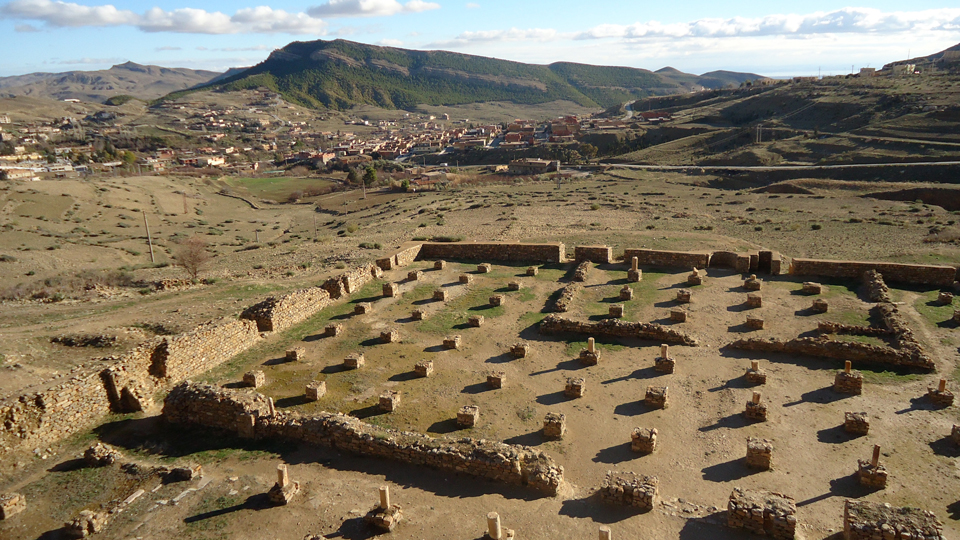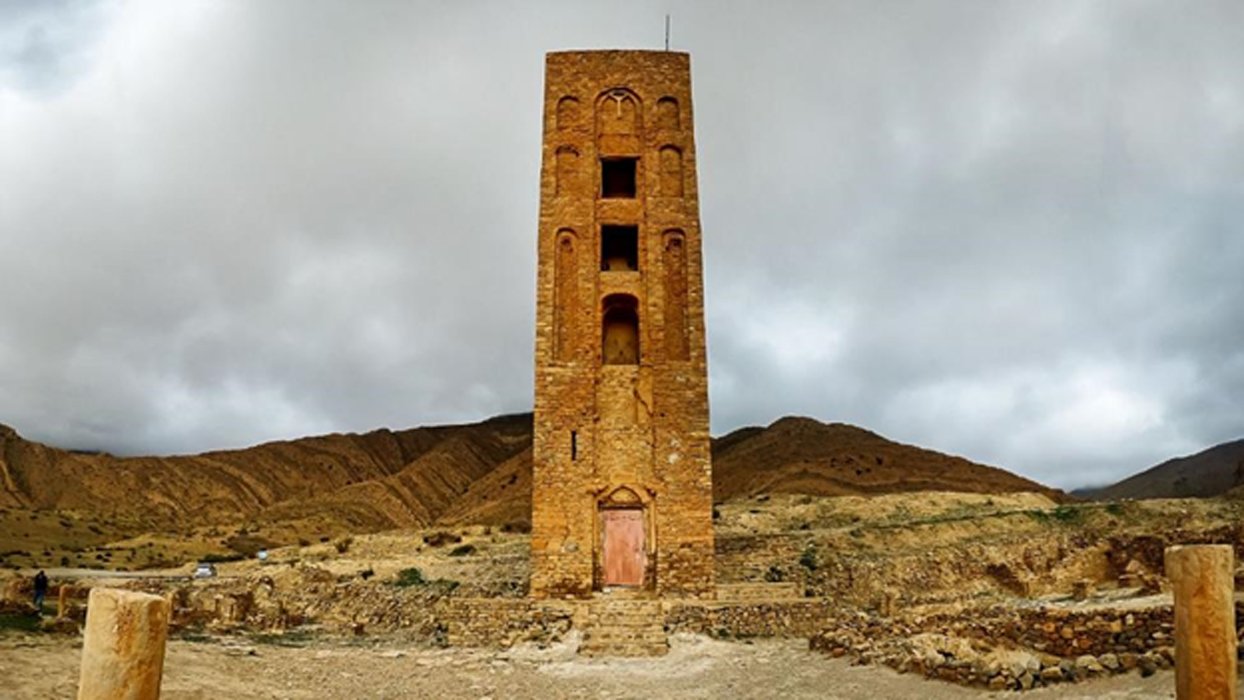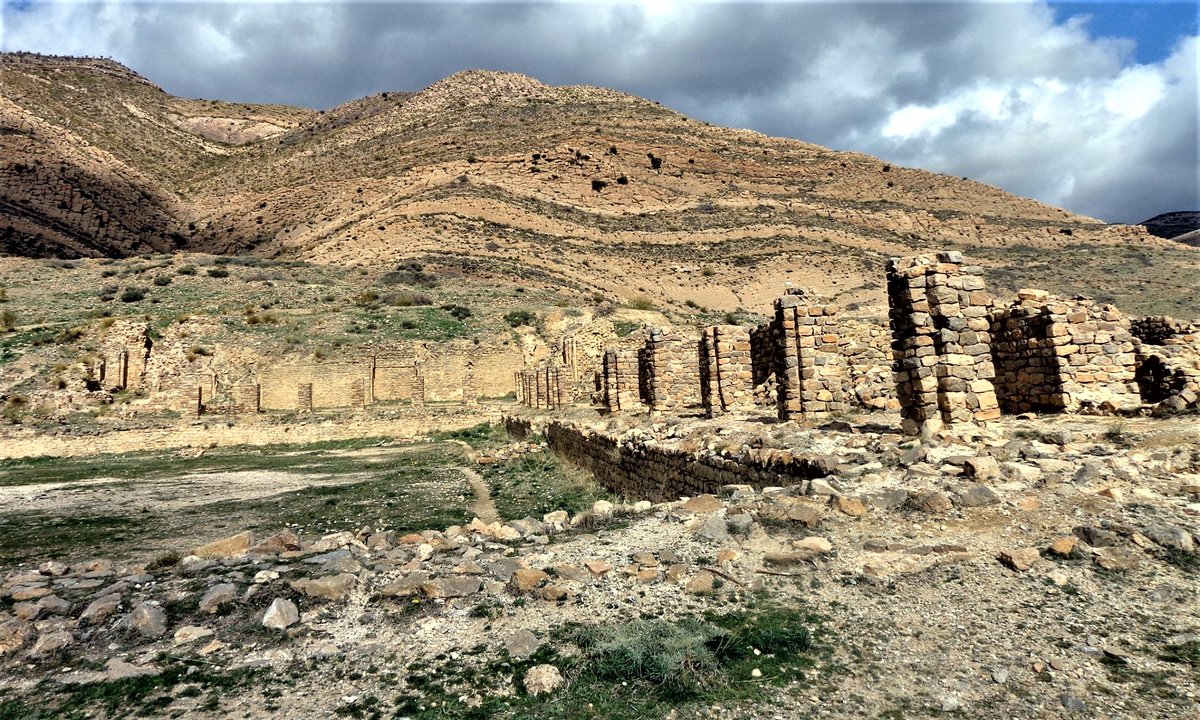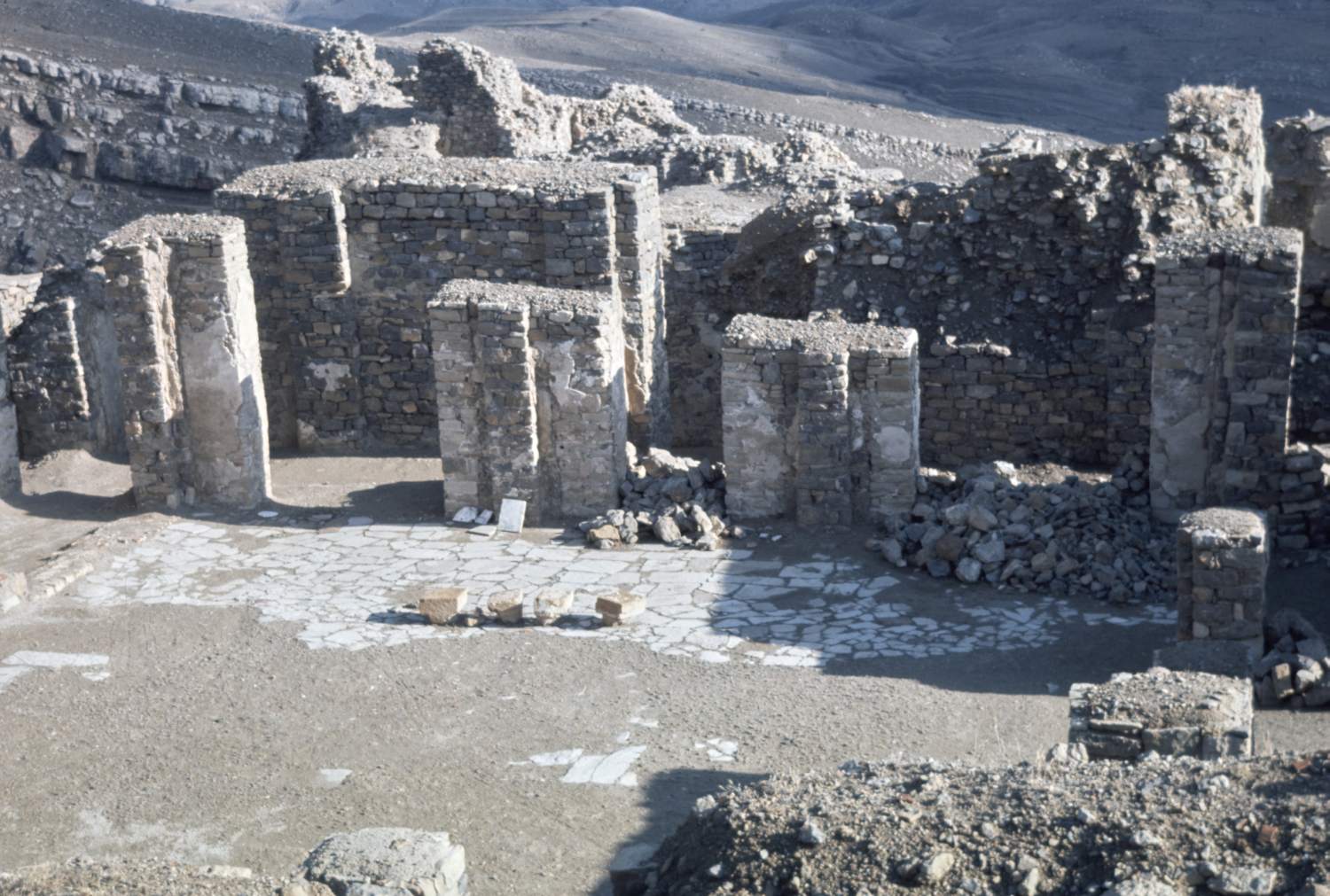Beni Hammad Fort is also known as the Al Qal’s of Beni Hammad. It is one of the most famous UNESCO World Heritage Site of Algeria. For your information, there are numerous heritage sites in Algeria but this fortified palatine city catches the attention of every history buff and archaeology lover. Yes, it is not like a normal place, but if you want to learn the historical aspects of Algeria, you must visit Beni Hammad.
Let’s Explore this heritage Site of Algeria in brief.
Know About Beni Hammad
In the 11th century, Beni Hammad has served as the first capital of the Hammadid Dynasty. The remains of Al Qal’a of Beni Hammad were built in 1007 and dismantled in 1152. This historical site is located near the small village of Sidi Mohammed el Fadhel. Now, this ruined village is converted into a UNESCO Heritage site and its centre of attraction is the fort of Beni Hammad.

Do you know how it has all begun and what happened to the site from the date of inscription in1980? Check it out.
Also Read: Sculptures of Mount Rushmore: Weirdest Monument of South Dakota
History of Beni Hammad
The Qalat Beni Hammad is a ruined imperial Islamic city in central Algeria. The city was built by Hammad bin Buluggin I, the founder of the Hammadid dynasty in 1007 CE, when the Hammadids gained independence from the Zirids and Fatimids of Tunisia. Merchant, philosophers, artists, theologians, politicians, and poets flocked to Qalat Beni Hammad’s walled village in the Maadid highlands.

The city reached the height of its regional influence during the rule of the later Hammadids but later the hype and charm of the city started getting decreased. Most of the construction has been lost throughout the ages due to a lack of preservation although there are remnants of many major structures.
Also Read: Discover 10 Best Travel Destinations of Algeria
Understand Beni Hammad’s Architecture in Brief
The north wall has a minaret in the centre, while the east and west sides have public entrances that lead onto the mosque courtyard. The huge Sahn, which is bordered by arcaded galleries, leads to the huge prayer hall, which is split into a grid of 13 wide and eight bays deep by columns.

The town includes a 7 km-long line of walls. Inside the walls are four residential complexes, and the largest mosque built in Algeria after that of Mansurah. It is similar to the Grand Mosque of Kairouan, with a tall minaret (20 m). If it were not demolished in the past, the Qalat Beni Hammad Mosque (Fort) would be one of the largest structures of Algeria.
Other Things to Mark at Beni Hammad Village
Qasr al Manar
The Qasr al Manar which is also famous as the Castle of the Beacon Light is another architecturally important structure located inside Qalat Beni Hammad city. The Qasr al Manar is a large defensive structure on the outskirts of a cliff with a view of the South Hodna Plateau.

archnet.org
The fort also features a large hallway with an upper domed ceiling that opens onto a roof terrace. The Qasr al-Manar was designed in previous times for the lodgings of colonial functions, although essentially a military structure.
2. Dal al-Bahr
Four palaces are in the town, each of which features asymmetric plans. The palaces were largely designated as the spaces for an intellectual, artistic and political chat in the city during the Hammadid era. There are three separate residences, separated by gardens and pavilions, in the remains of the Emir Palace known as Dal al-Bahr.
3. Qasr al Mulk
The Qasr al Mulk is also known as the Qasr al-Bahr. It is the largest palace in town and is used as the main royal residence. The Qasr al-Bahr comes from the huge Bahr or artificial sea, built to the east of the buildings in the palace. It was widely utilised as the venue of extravagant sailing exercises, sporting activities and stage shows in the eleventh century.
A wealth of additional artefacts discovered here are currently on display in the museums of Setif, Constantine and Algiers.
All of the structures that can be seen today at the Qalat Bani Hammad has only remained as unroofed foundations of demolished constructions. The minaret of the Qalat’s great mosque is the only construction that has survived beyond the remains of a plan at ground level.
Important Facts of this Historical City
Carved marble water channels, parts of frescoes within palaces, ceramic pottery, marble sculptures, crystal and glassware are among the works of art. Carved stone friezes, carved stone and plaster muqarnas, and multicoloured tiles made with varied artisanal techniques are among the architectural relics.
Fatimid Egypt, Samarra, Aghlabid Kairouan, and Andalusian Spain are among the aesthetic influences revealed in the found artefacts. The diversity and scope of the decorative pieces discovered during excavation further demonstrate the Hammadid capital’s artistic richness and multiculturalism.
Who is Managing this Heritage Site
The site is protected under National Law 98-04, which governs the preservation of historical structures. The Office of Cultural Properties Management and Exploitation is in charge of the site’s management.
Although this heritage site is rarely visited -by tourists so there are no threats and thus tourism does not face a sustainability hazard. But you can pay a visit to this historic site by taking permission from the government.
How to Reach
The site is not difficult to reach, though it may be necessary to hitchhike the final few kilometres from the N40 to Beni Hammad. We recommend a visit to anyone interested in seeing something representative of Islamic culture after visiting the numerous Roman sites in Algeria.
Also Read: Top Tourist Attractions At Abu Mena – Egypt’s UNSECO HERITAGE SITE

